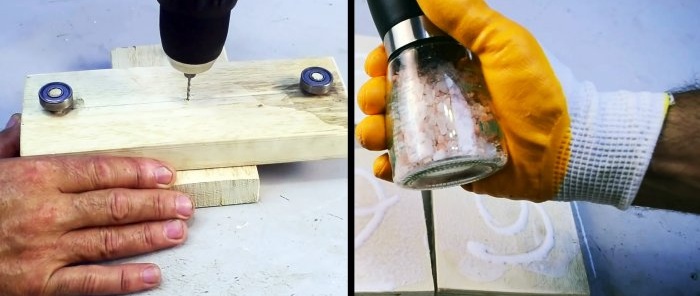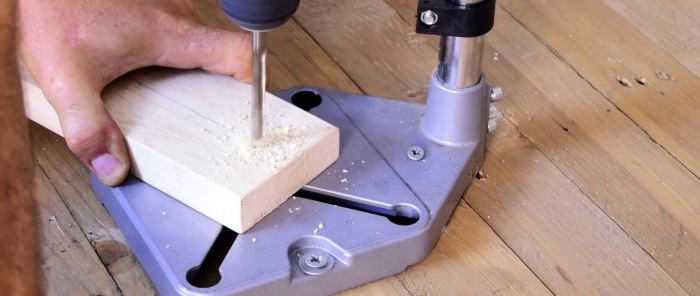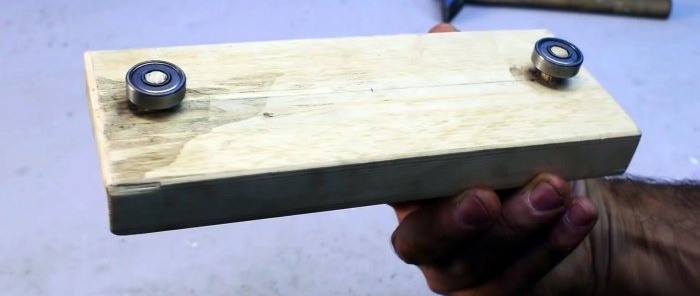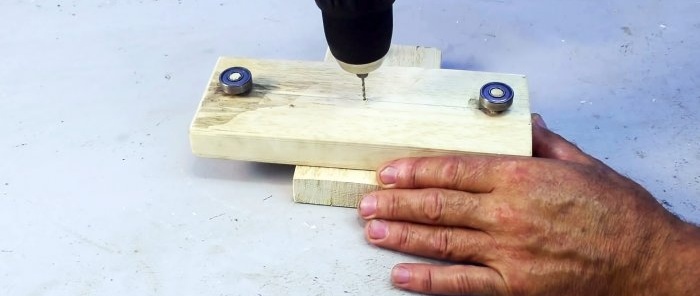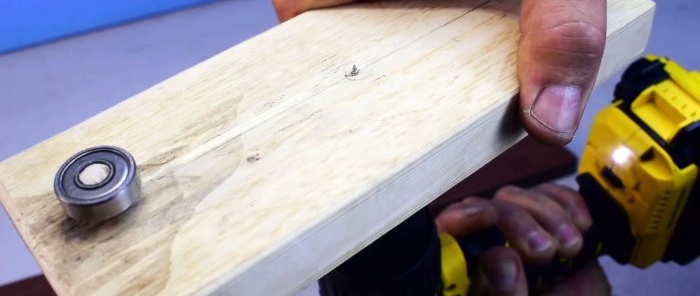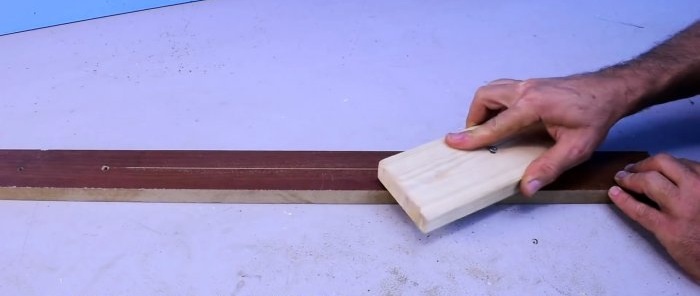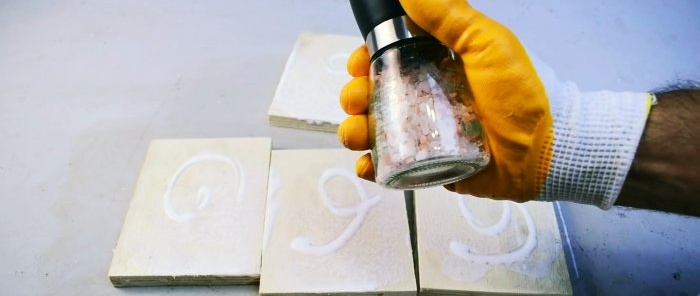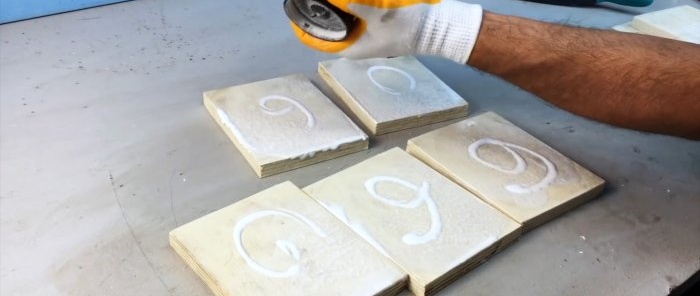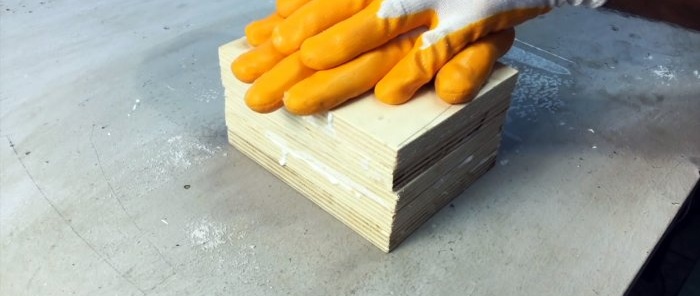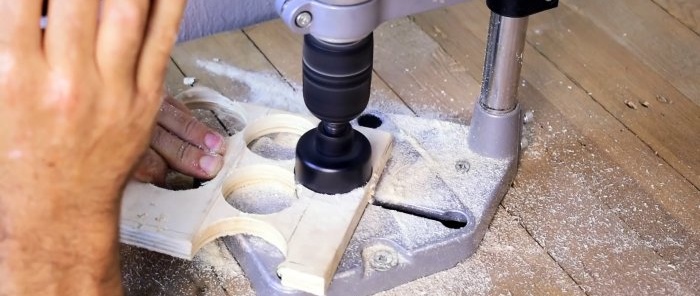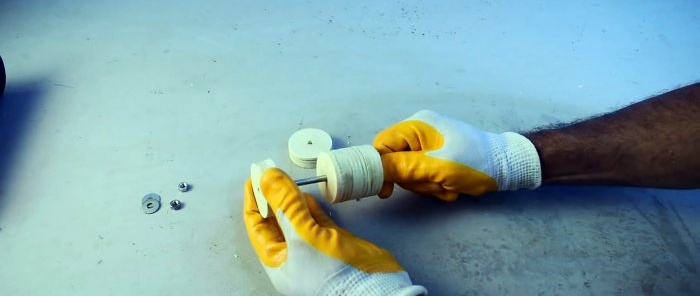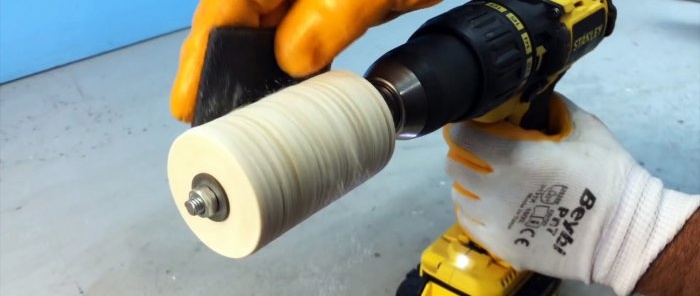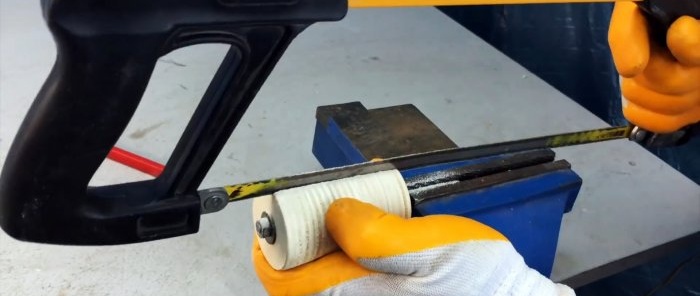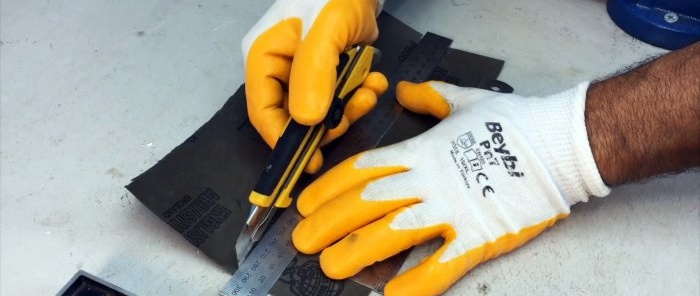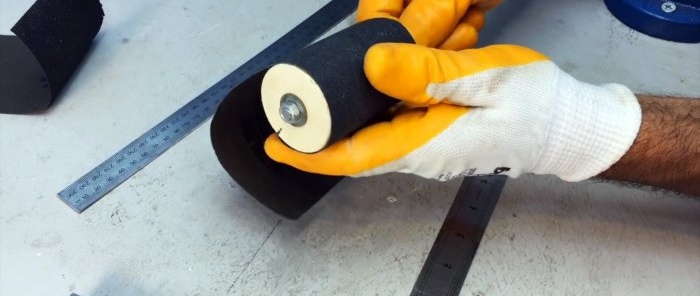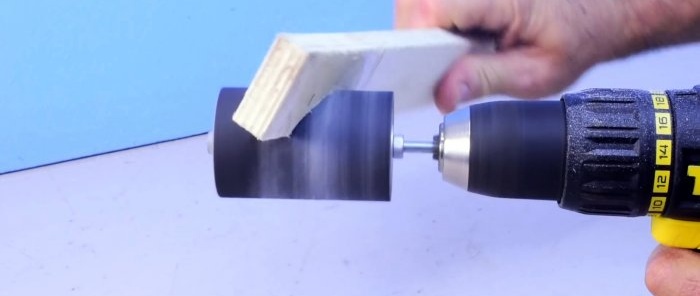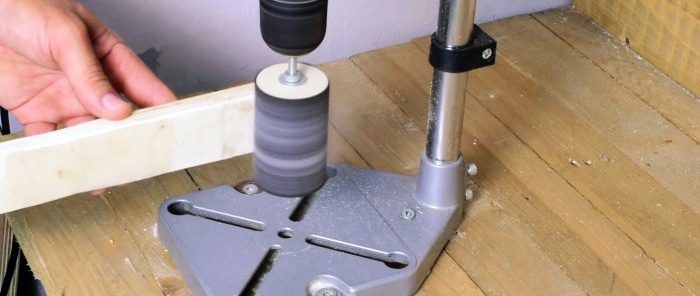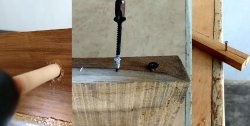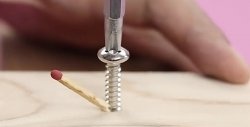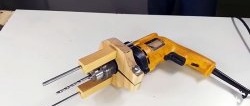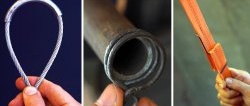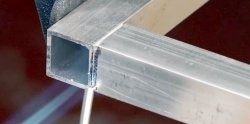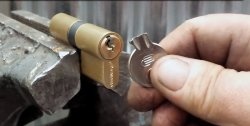3 valuable lifehacks when working with wood
Woodworking is a great activity that can be just a hobby for a pleasant pastime or a craft that brings not only positive emotions, but also income. In any case, a true master should have tricks and tricks in his kitty that make working with wood easier.
This article will talk about three very useful and valuable life hacks that simplify the woodworking process.
Tool for marking center line on blocks and boards
The device, the assembly of which we will describe below, is very helpful when it is necessary to mark the center line of various wooden boards or products.
First of all, we make a wooden block. The maximum size of the boards with which our product can be used will depend on its width. Next, using a ruler and pencil, draw a center line on the block, along its longest side. Then, at equal distances from the edge, we drill holes on both sides for dowels.
Using glue and a mallet, hammer the dowels into the holes.
We put the bearings on the dowels so that they are at the same level.
Now you need to drill a hole for the screw exactly in the center between the two dowels.
We screw the screw into the hole using a screwdriver, with the tip being on the same side as the bearings. Also, the tip of the screw should be located below the bearings.
All our equipment is ready. Now you can easily mark various wooden products.
A trick for gluing wooden parts
When gluing various pieces of wood, such as boards, the glue makes the wood slippery. This makes the product difficult to center and clamp in a vise.
To stop the boards from sliding, just use a mill with salt.
After applying glue to the boards, simply sprinkle them with salt.
The salt crystals will provide friction to the parts being glued, which will make it very easy and convenient to center them and clamp them in a vice. Everything ingenious is simple.
Grinding cylinder for screwdriver
The last life hack will be devoted to how to make a homemade abrasive grinding head for a screwdriver.
Using a machine and a crown, we cut out several cylinders from a block.
We put the resulting wooden cylinders on the stud, and tighten the nuts and washers on both sides. In this case, it is necessary that the pin sticks out only on one side.
Insert the free side of the pin into the screwdriver chuck, and use sandpaper to even out the diameter of the cylinders.
Next, firmly clamp the free side of the pin in a vice. And using a hacksaw we cut out a recess lengthwise.
Take a sheet of sandpaper, measure it and twist it around the treated wooden cylinders. The sawn hole must be used to attach the paper, simply turning its corners there.
So our grinding head is ready, which can be used in both hand-held and stationary tools. Simple, fast and effective.

